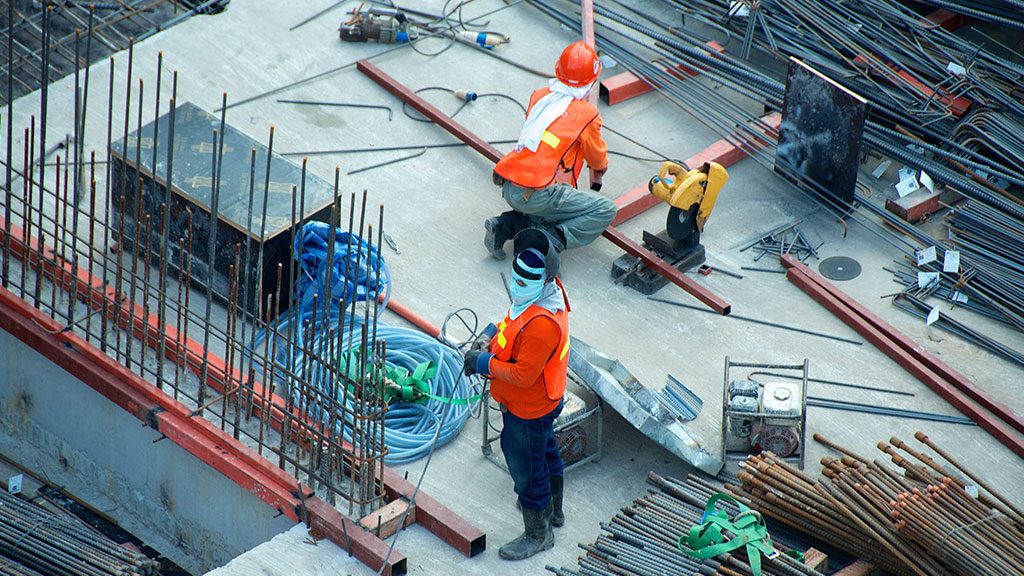Ontario’s construction workplaces are 3.7 per cent safer than last year according to the first Health and Safety Index report issued by the province’s Workplace Safety and Insurance Board (WSIB).
But paradoxically, injuries have increased in the sector, the WSIB reported.
The disparity lies in the weighting given to the five components of the index, two WSIB managers explained in a recent interview.
The Health and Safety Index, launched last May, is based on five categories of data: prevention, worker empowerment, workplace culture, enforcement and injuries. Injuries represent 23 per cent of the index.
“Injuries are a part of that index but we are trying to look at the broader picture,” explained Christina Hoy, vice-president of corporate business information and analytics for the WSIB.
“We are taking into account what’s happening in the prevention space, what is happening in the workplace culture space, trying to look at, when we think of health and safety in the province, what actually contributes to health and safety.
“That is where, when we take a sector like construction, it is not just about injuries that are occurring in the sector but are we building a new culture within the construction industry that is actually looking at safety.”
The report, released May 9, found the construction sector experienced the biggest improvement overall among all sectors studied, driven by strong results in all areas except for injuries. Workplace prevention activities and safety support were the notable success stories in the sector, the report said.
The index is a little bit broader than just looking at the injuries statistics
— Terrance D’souza
Workplace Safety and Insurance Board
The metrics assessed as part of the injuries component included event frequency, event severity and short-term return-to-work rates. The number of severe injuries in the construction sector showed improvement while the other two metrics were worse than last year’s baseline.
Overall, Ontario’s score across all sectors increased 1.6 per cent. Two components improved while three dropped. Empowerment, which accounts for 13 per cent of the index, improved by 13.2 per cent while enforcement, weighted at 21 per cent, improved 4.1 per cent.
Injuries fell across the province by 1.5 per cent, workplace safety, awareness and culture dropped 0.1 per cent and prevention dipped 2.7 per cent. Workplace culture is weighted at 23 per cent of the index while prevention is 20 per cent.
Terrance D’souza, executive director of advanced analytics for the WSIB, acknowledged stakeholders in the construction sector tend to regard injuries and whether workers make it home at the end of the workday as a preeminent indicator of whether workplaces are safe but explained how the index looks beyond injury numbers.
He differentiated between a “lagging” indicator such as injuries, which measures historical safety performance, versus “leading” indicators, such as the other four components in the index, that are proactive and measure how the industry is improving.
“The index is a little bit broader than just looking at the injuries statistics but also looking at the inputs that we are putting into the system that are driving us to the outcome that is really making sure that people come home at the end of the day,” said D’souza.
“We are trying to balance the lagging indicators, which are injuries and the outcomes of those injuries, with the leading indicators, which are, are we investing in the right places to drive outcomes so there are fewer injuries.”
As for the weighting of injuries at 23 per cent, D’souza commented, “It is important to recognize that the weighting itself does not necessarily mean how important that component is. It is trying to show the interaction of the different components and how they are giving us a holistic measure of whether or not the system is improving overall.”
Some components of the index reflect the efforts of leadership while a component such as empowerment assesses other aspects of health and safety culture, he explained.
“We are trying to make sure in this component that workers perceive they have the ability to refuse unsafe work, to be involved in the workplace, and work with health and safety and to take action for their own prevention in health and safety,” said D’souza.
“That is foundational to the internal responsibility system in Ontario and to the health and safety index.”
The report said strengths of the construction sector were prevention and workplace culture, while the area requiring focus was injuries, specifically supporting people in returning to work quickly.
Data was derived from different sources including some of the WSIB’s own numbers and from surveys.









Recent Comments
comments for this post are closed